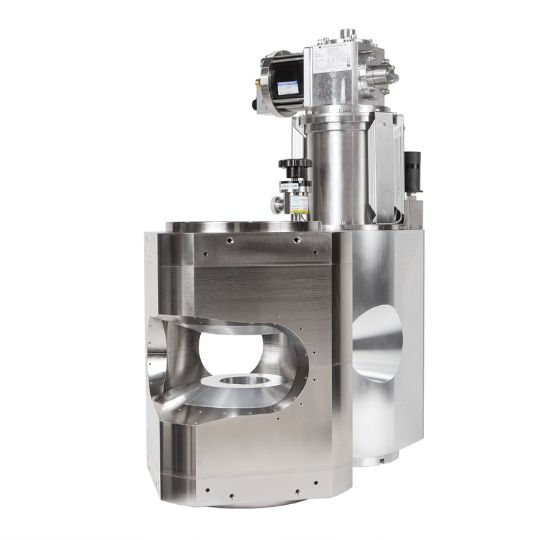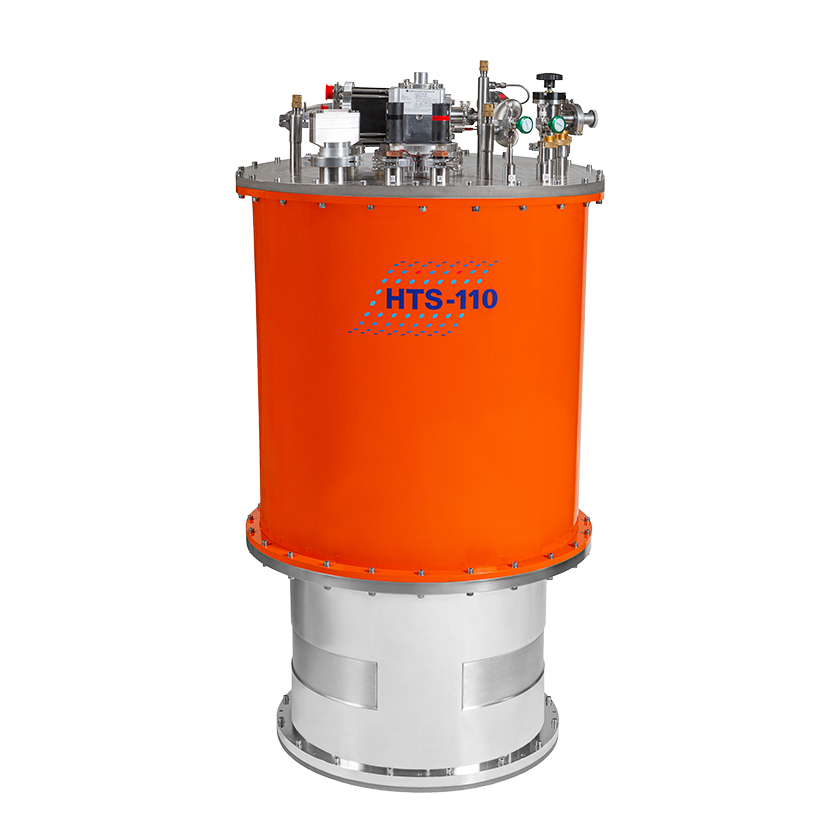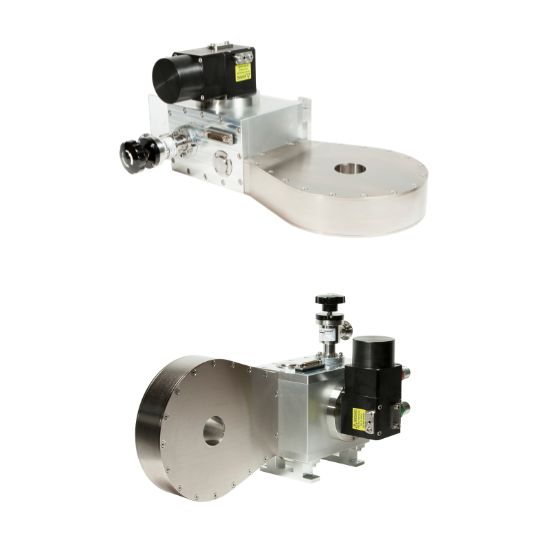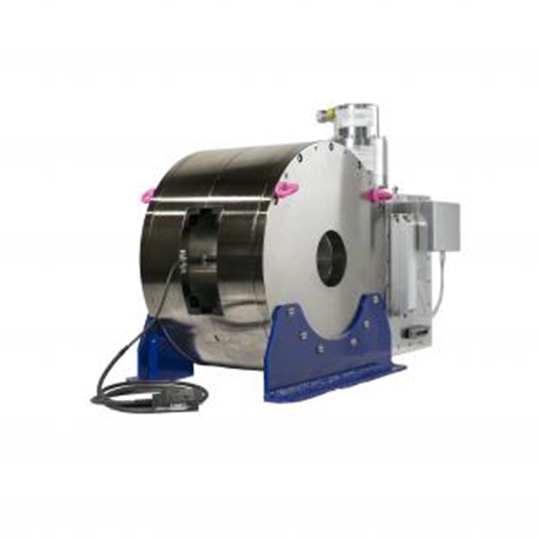Integrating magnetic fields into scattering experiments is critical for unlocking a deeper understanding across numerous scientific domains. Researchers utilise these fields to:
- Study complex magnetic ordering (e.g., ferromagnetism, antiferromagnetism) and magnetic excitations (e.g., magnons).
- Induce and investigate field-dependent phase transitions in novel materials.
- Probe magnetic structures and interfaces in thin films and multilayers, crucial for spintronics research.
- Align magnetic moments for specific experimental geometries and anisotropic studies.
- Perform element-specific magnetic measurements using techniques like X-ray Magnetic Circular Dichroism (XMCD).
HTS-110 provides robust, user-friendly, and precisely engineered magnet solutions tailored to enable these sophisticated experimental setups.
Read about the World-First 12 Tesla All-HTS Magnet for Neutron Science we’ve sent to the Institut Laue-Langevin (ILL).










